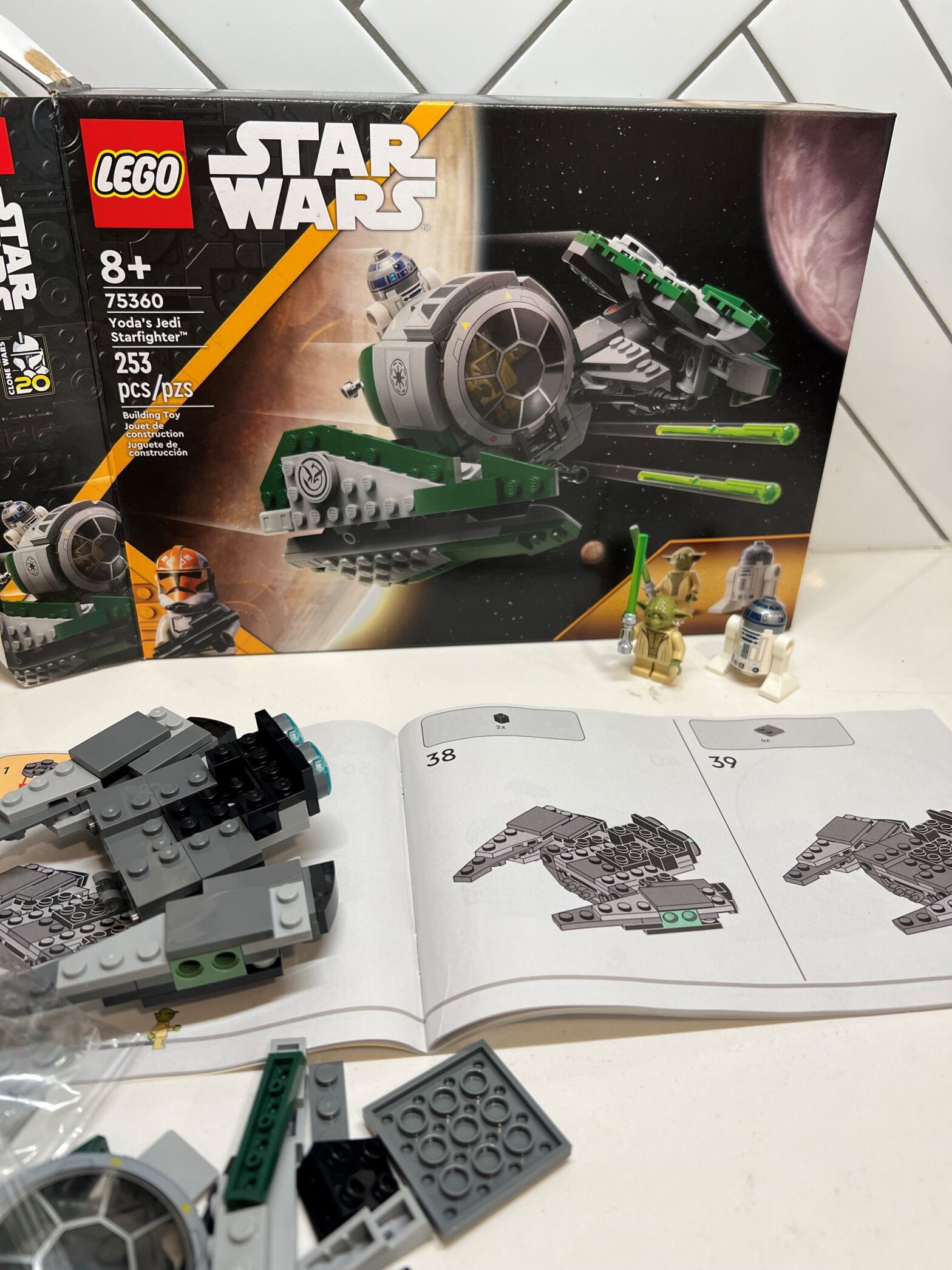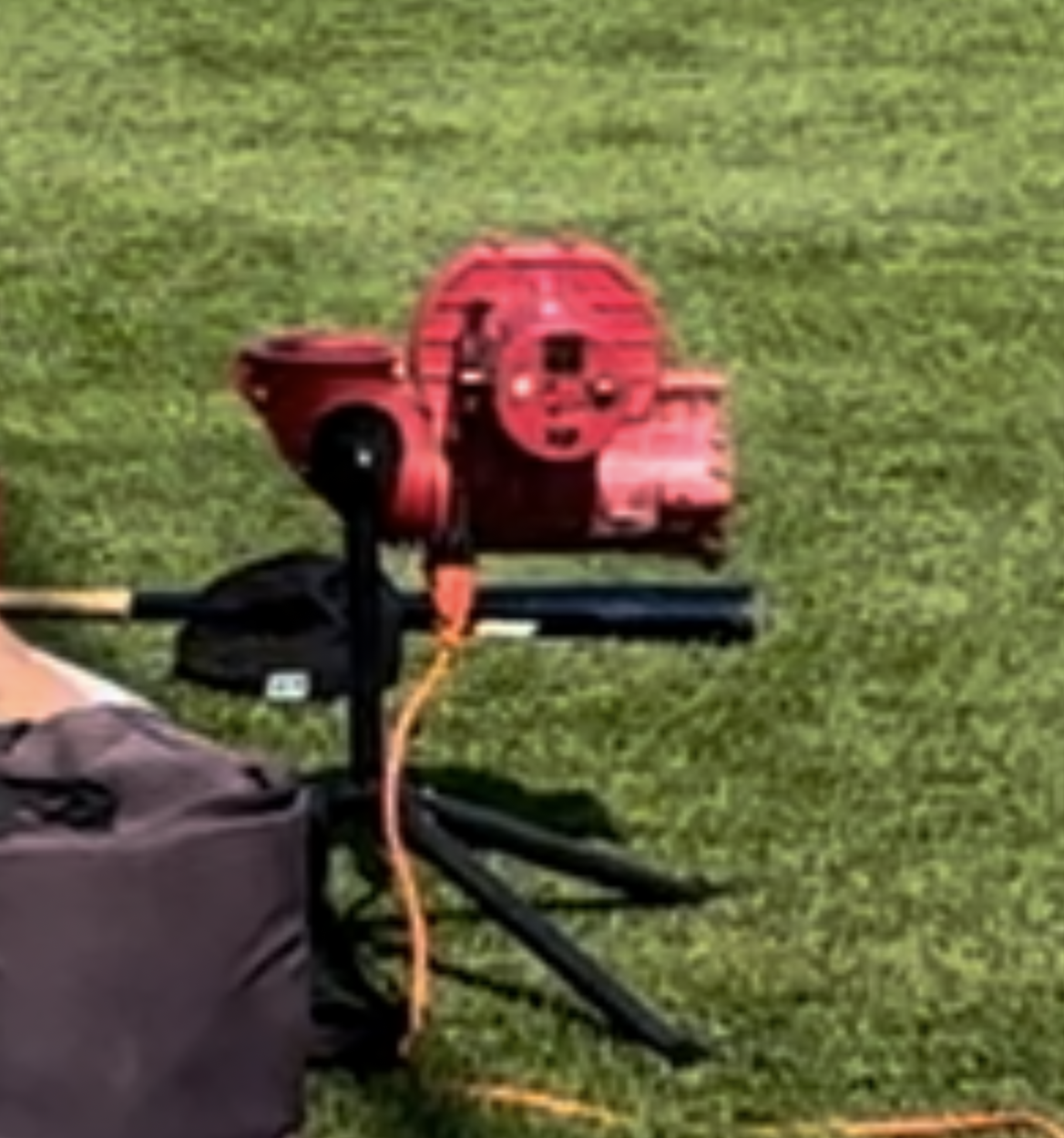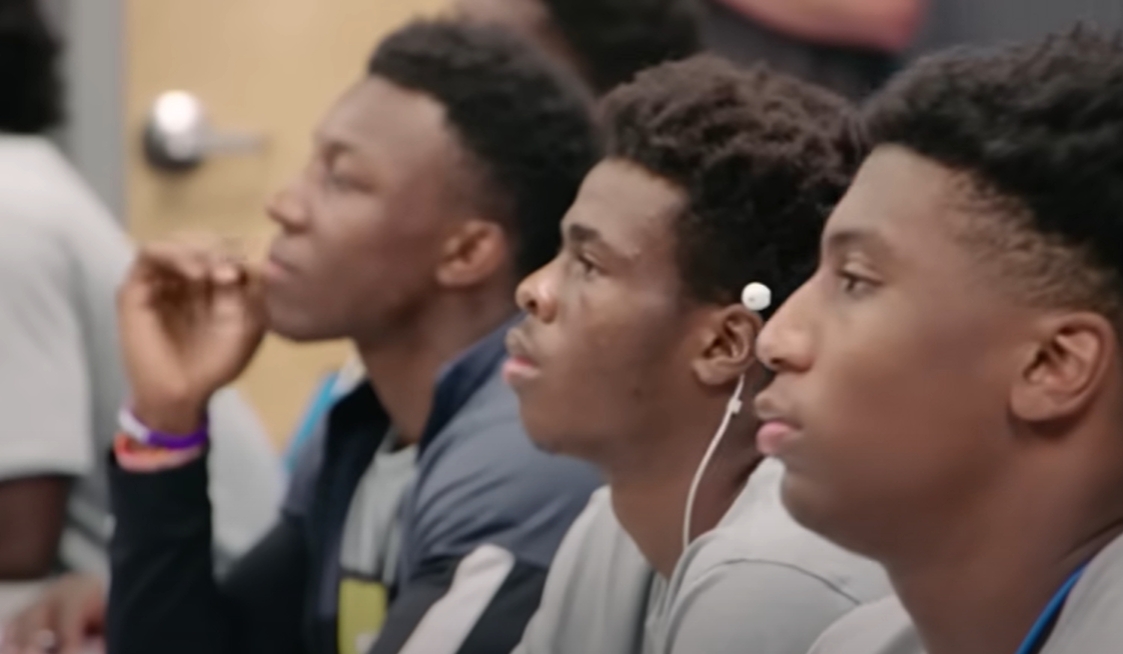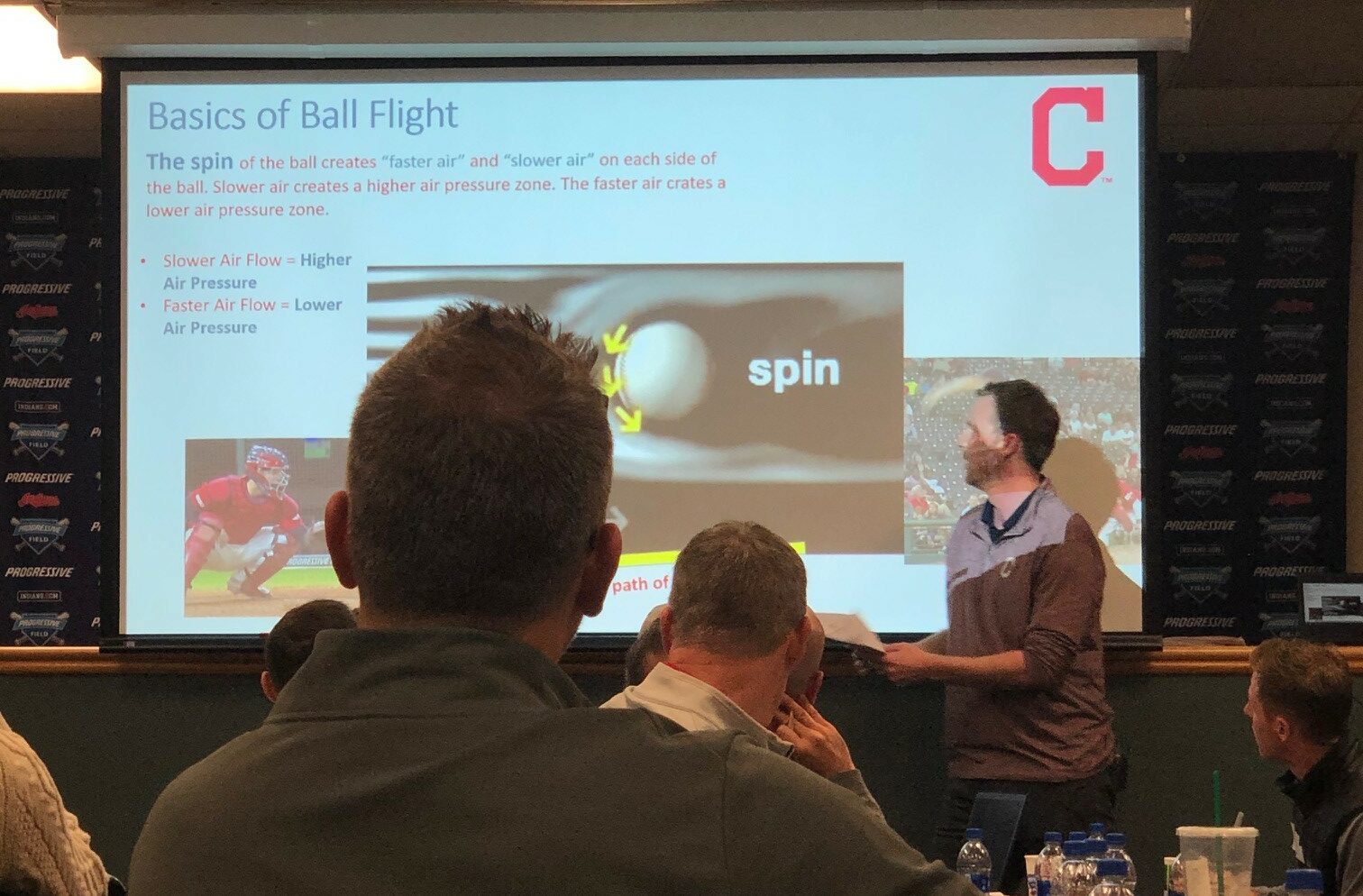THE CHALLENGE:
Why do our carefully crafted, thoughtful plans sometimes go South?
THE IDEA:
We’ve all experienced it, that feeling in the pit of our stomach when a well-laid out plan just doesn’t work the way we intended it to. Whether we’re planning something as small as a 10-minute mini-lesson, as grandiose as a five-year strategic plan to lay out a multi-site expansion strategy, or as personal as a weekend trip to visit the in-laws, even the best thinking of the best people can fall short or miss the mark. One reason this happens is that we sometimes mistake a “complex” problem for a “complicated” one. Here’s what I mean:
Complicated problems require many steps to solve, but there is an objectively “correct” solution that we can find. Think of a new box of Lego bricks: inside the box is everything you need to build the item shown in the picture on the front. There are bags that have the exact right pieces, and instructions that, if followed correctly, will show you exactly how to build Yoda’s Jedi Star Fighter. When you’re finished, you’ve either done it correctly or you haven’t.
Complex problems also require many steps, but you can never really know if you’ve solved them, as there’s no one correct answer. Think of raising a teenager: we have a set of values and beliefs that guide our decision-making, but every time we interact with this beautiful human being, there are somewhat unpredictable ripple effects that will affect every subsequent decision. And at the end of this process we will never know if we did it “right”! Even more infuriatingly, we could make the same exact decision today and tomorrow, and get radically different results each time.
As leaders, identifying whether the problem we are facing is more like building a Lego set or raising a teenager is critical, because the type of problem we’re facing tells us the best way to proceed. When faced with a complicated problem, we are well served to quickly figure out the one very best way to solve the puzzle, then try to execute that best way with precision and discipline. When faced with a complex problem, we want to think like a scientist: make a hypothesis, test it, see what happens, and adjust as needed.
In education and sports, nearly every really tricky problem we are trying to solve is a complex one, because our work primarily involves interactions with human beings. As a rule of thumb, the more the problem involves the reactions of living, breathing people, the more likely it is to be complex.
Most of my work in sports is anchored to Player Development – helping athletes improve at their craft – and as those of us who worked in schools know, there is no more complex problem than helping humans learn. As one coach friend of mine likes to say, “Player plus drill does not equal better player.” That’s a great example of this concept – a complicated mindset (“If I can just find the perfect drill then we will be all set”) won’t solve the complex problem of helping players improve! In reality, the coach uses his or her expertise to select a drill for the player that they believe has the best chance of yielding the improvement they seek, and then they watch, and then they adjust accordingly based on what they see.
So, what problems are you facing in your role right now? Are they complicated or complex? And are you going about solving that problem accordingly?
GO DEEP:
- Hat Tip to Dan Coyle for introducing me to this concept – if you want to learn more about it check here, here and here.
- If you like mental models like this one, the folks at Farnham Street created the most comprehensive guide to mental models I’ve seen.
- This is a great example of the kind of mental models I share with clients as part of my Leadership Coaching. Contact me if you’d like to learn more!





